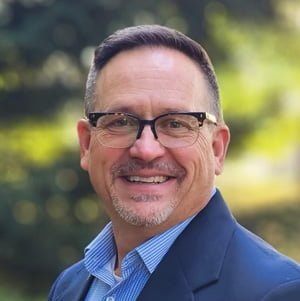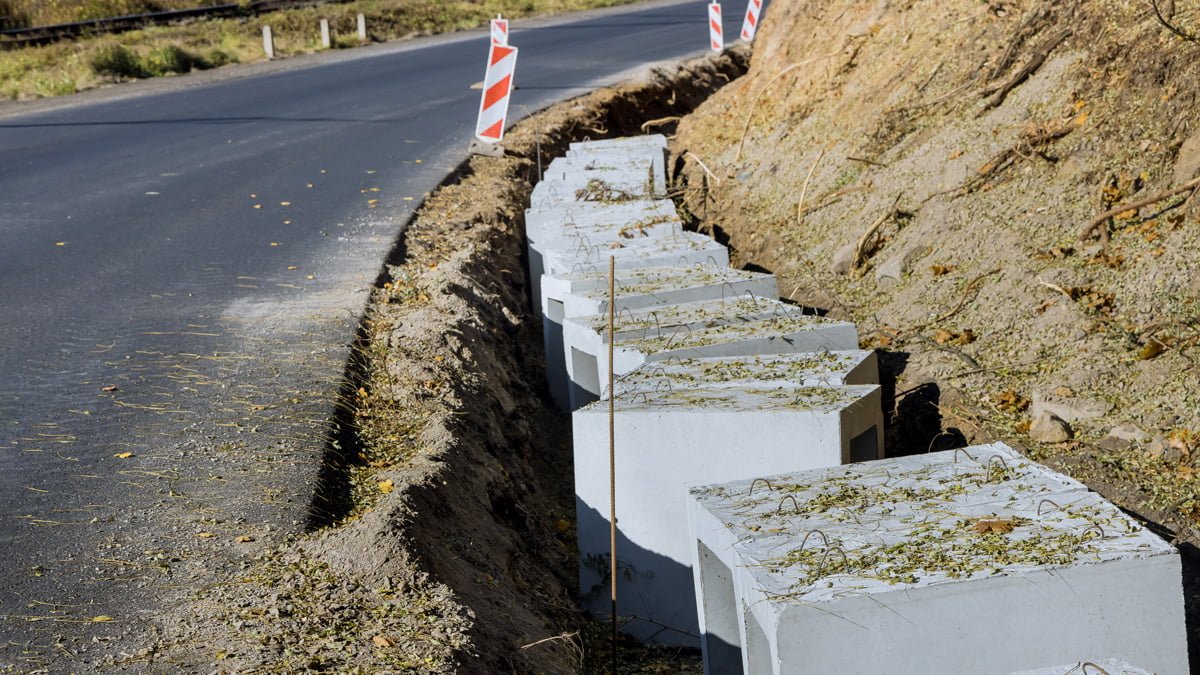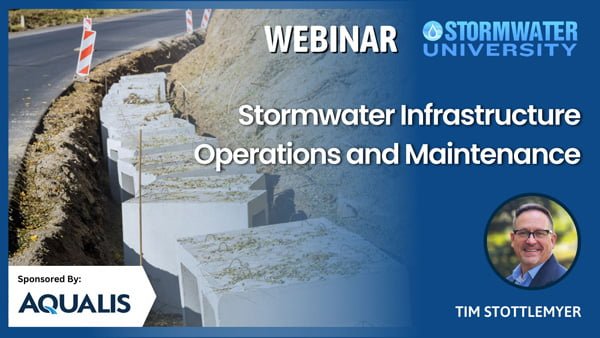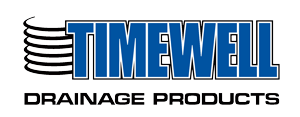Date: December 6, 2023 | 2:00 PM EST/1:00 PM CST
Speaker: Tim Stottlemyer
Credits: 0.1 CEU / 1.0 PDH
Sponsor: Aqualis
Attend live? Click here to claim your certificate.
Stormwater infrastructure is often forgotten or neglected as it is out of sight and out of mind. Because of this lack of maintenance, stormwater assets are at risk of failure. Over time, frequent themes and underlying root causes of premature failures of stormwater infrastructure have become obvious.
By identifying and examining the common root causes of premature failures, we, as an industry, can make strides toward building a more resilient and effective stormwater management systems which will, in turn lower operation and maintenance costs.
Using the 20+ years of maintenance records, staff interviews and personal observations, this session will present examples of the common recurring issues, determinations of the root causes and corrective actions to avoid future failures.
Many of our findings show that fairly simple actions can prevent costly repairs or complete rehabilitations due to a neglected stormwater system.
Learning Objectives:
- Identify common stormwater assets and understand their function for water quality and quantity benefits.
- Differentiate between degrees of stormwater asset failure and recognize the root causes
- Review proper stormwater maintenance programs
About the Presenter

Tim Stottlemyer has over two decades of stormwater industry experience. Previously, Tim was Vice President of an excavating business focusing on stormwater and wet utility construction and maintenance for commercial, industrial, retail and institutional clients. He later worked in the Central Indiana area as an MS4 Coordinator enforcing Stormwater Management Plans as required by the EPA. With unique understanding of regulatory expectations, Tim offers a wealth of knowledge around stormwater infrastructure from installation and maintenance to repairs. As a Stormwater Infrastructure Consultant, Tim is well versed in complex rehabilitations and navigating regulatory nuances for the betterment of both the environment and clients.
Sponsored by

Course Content






